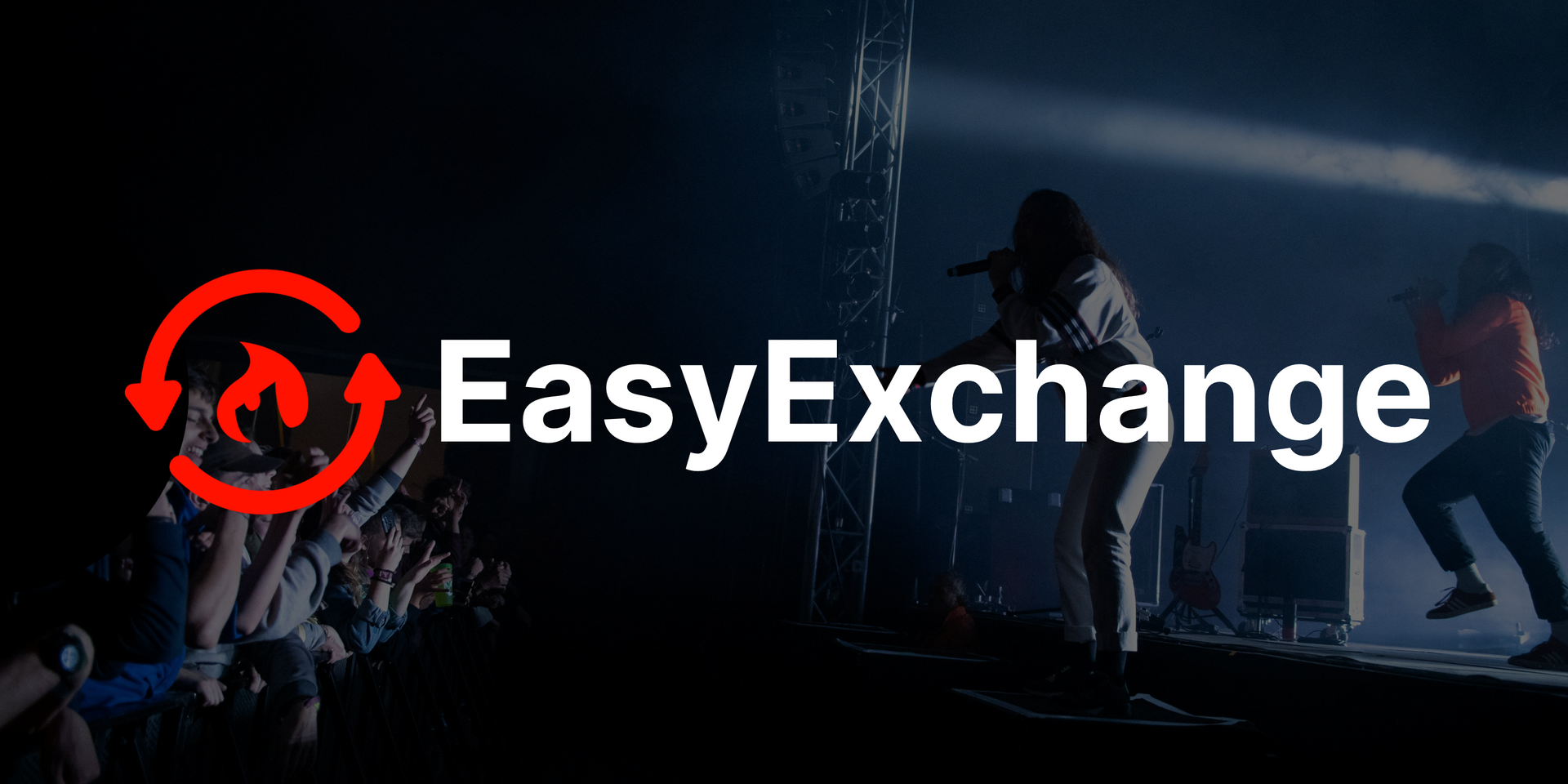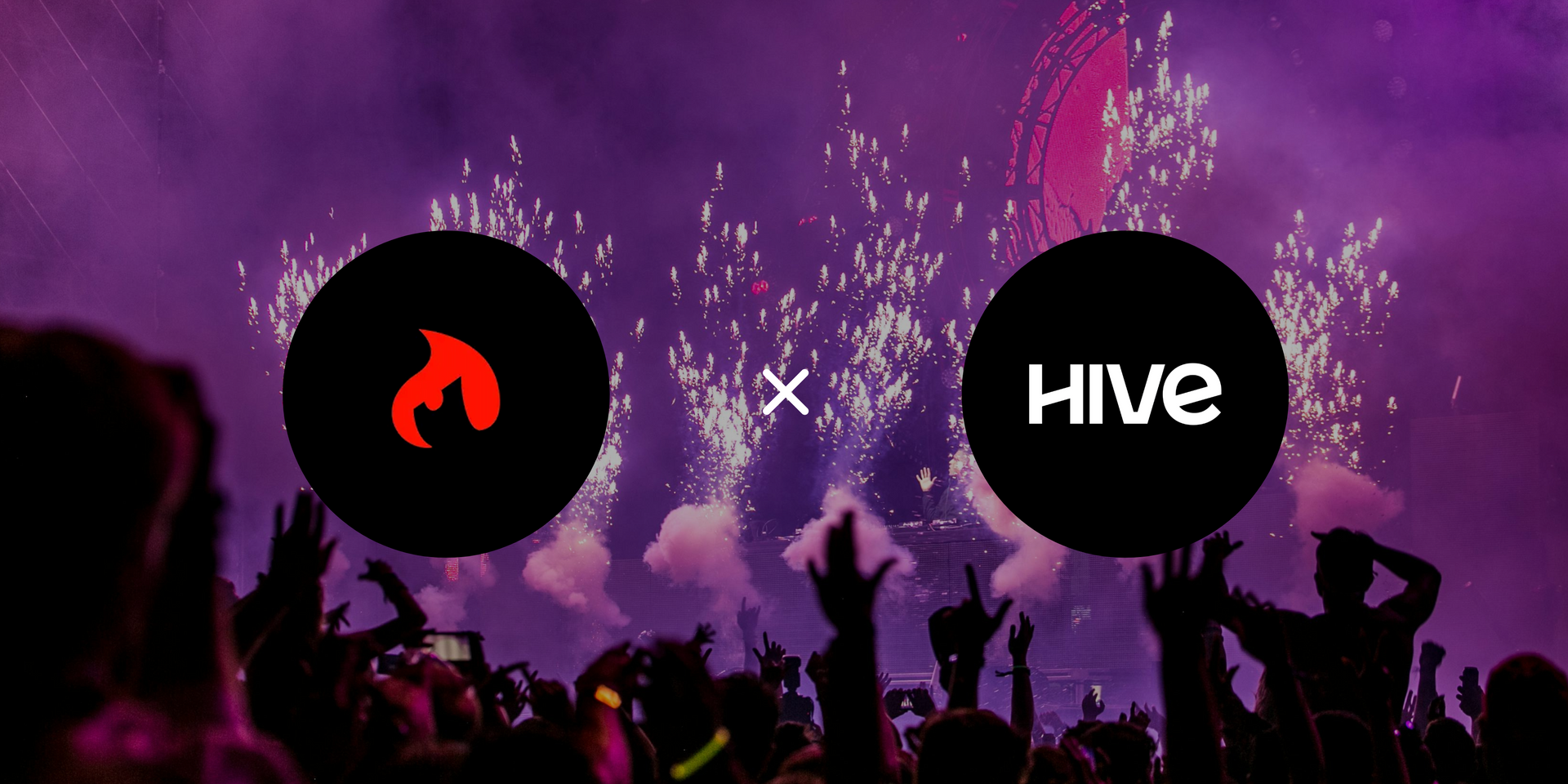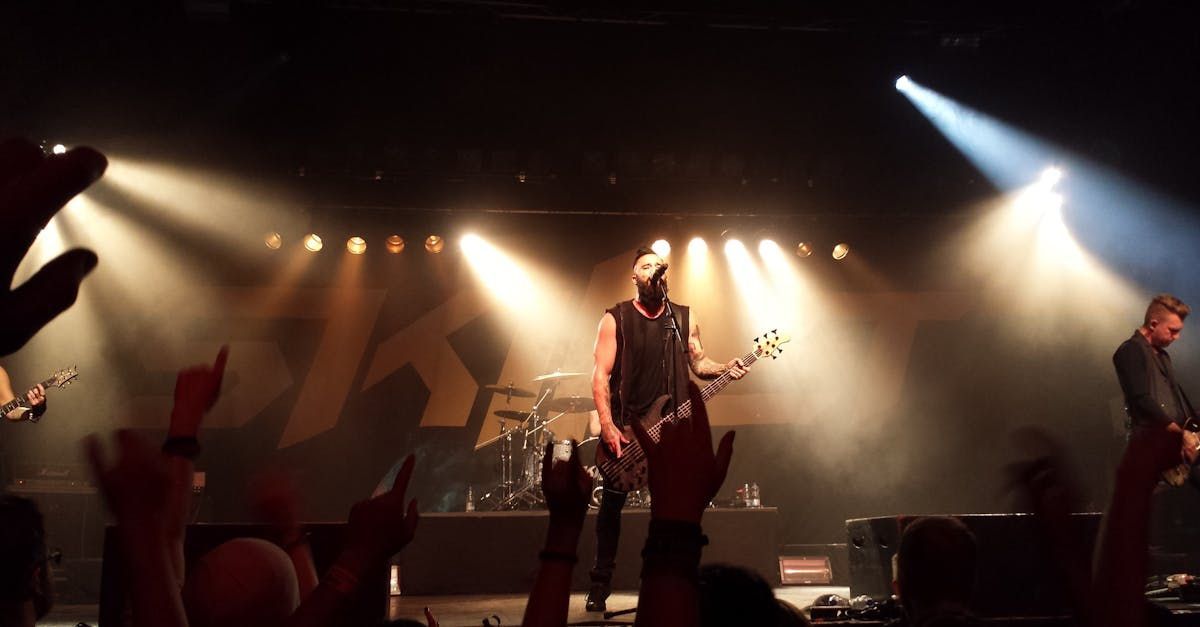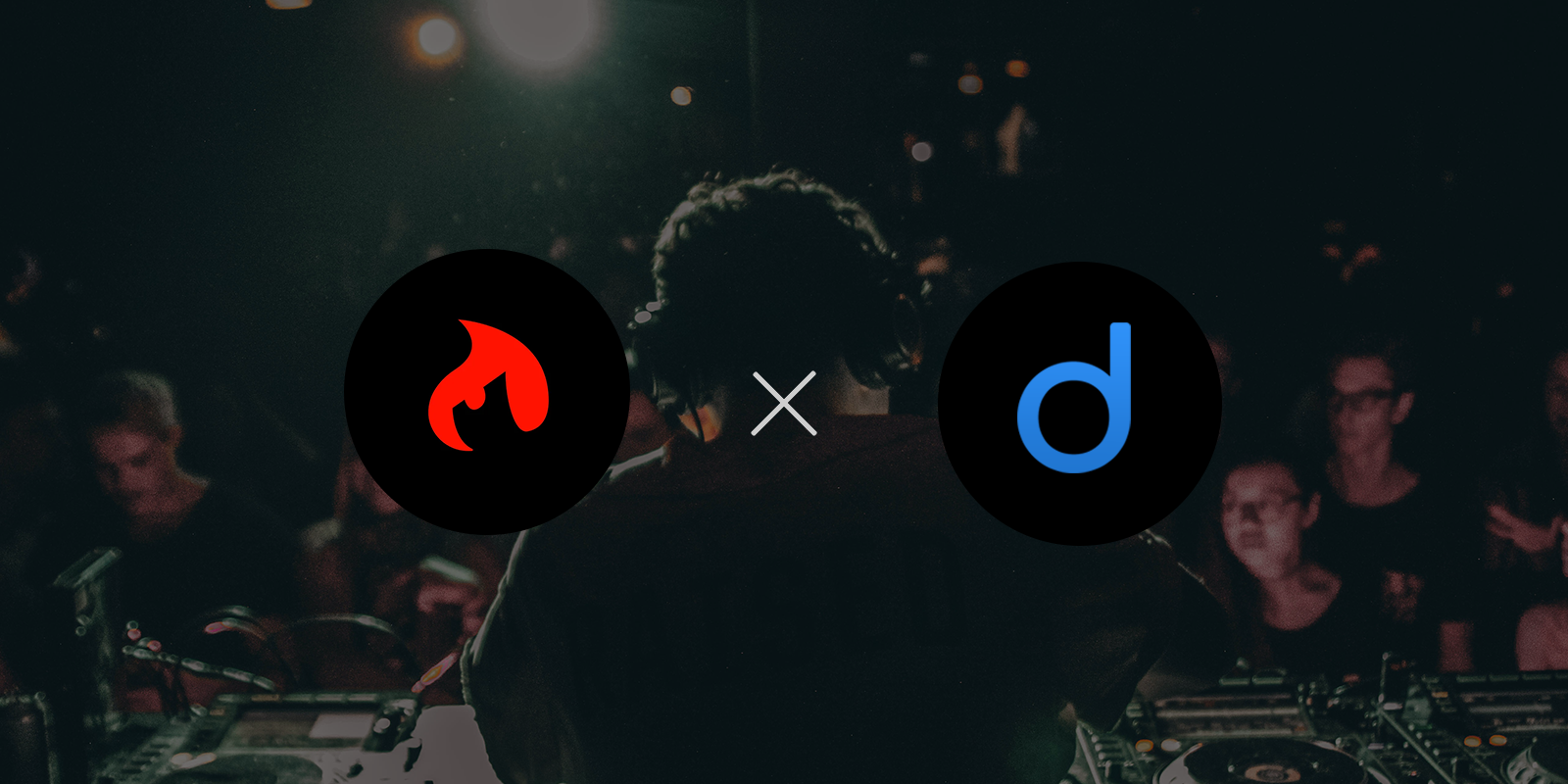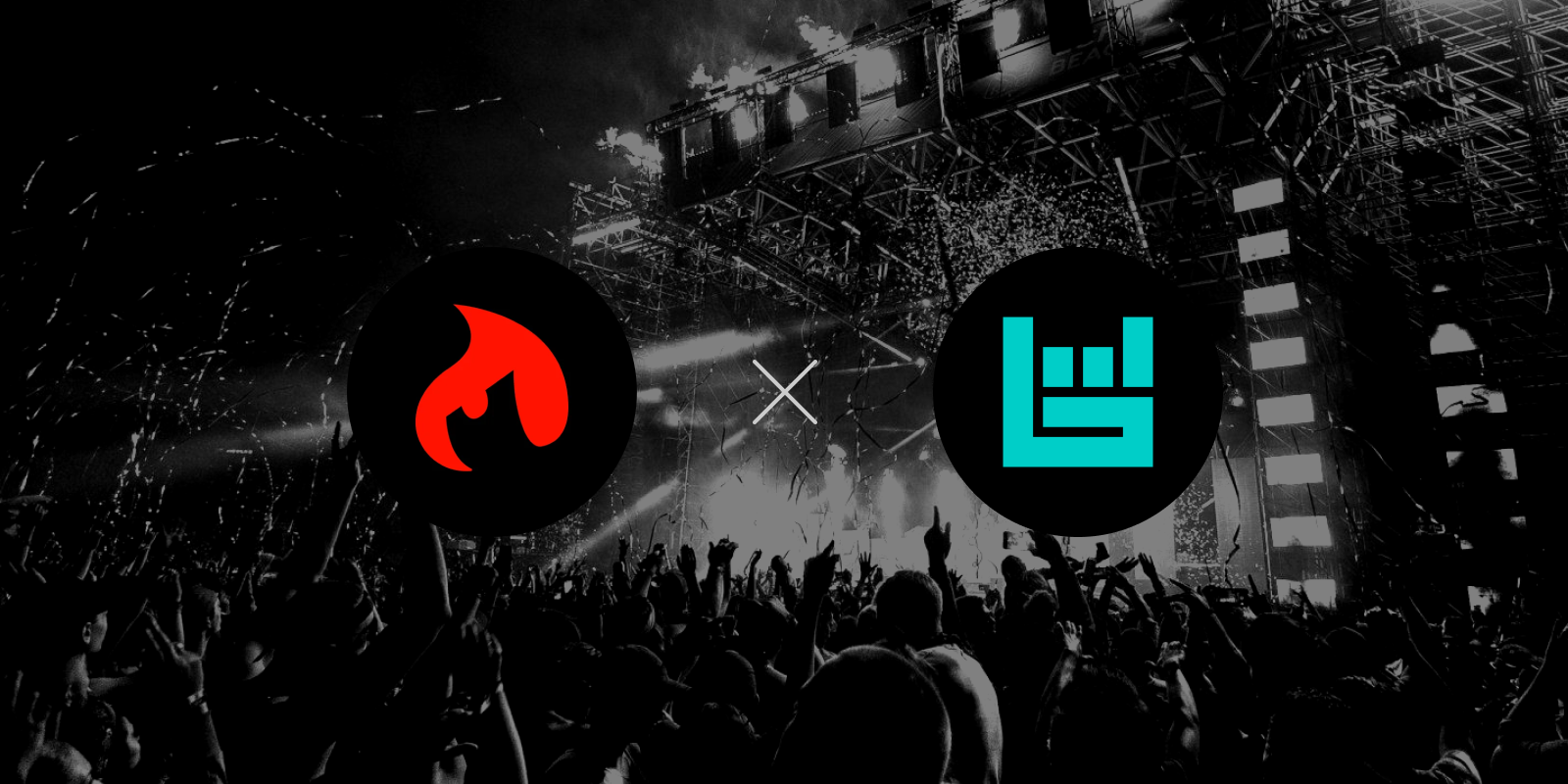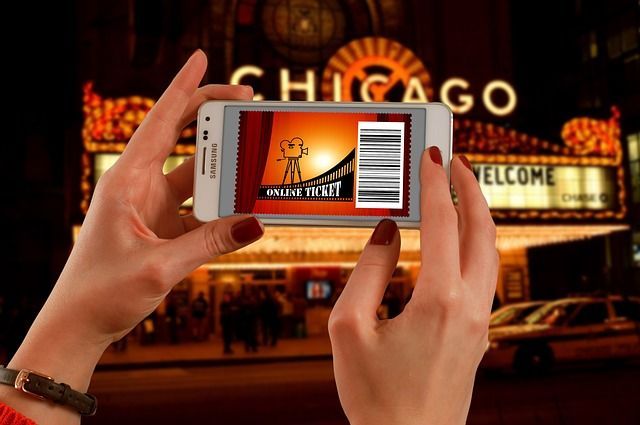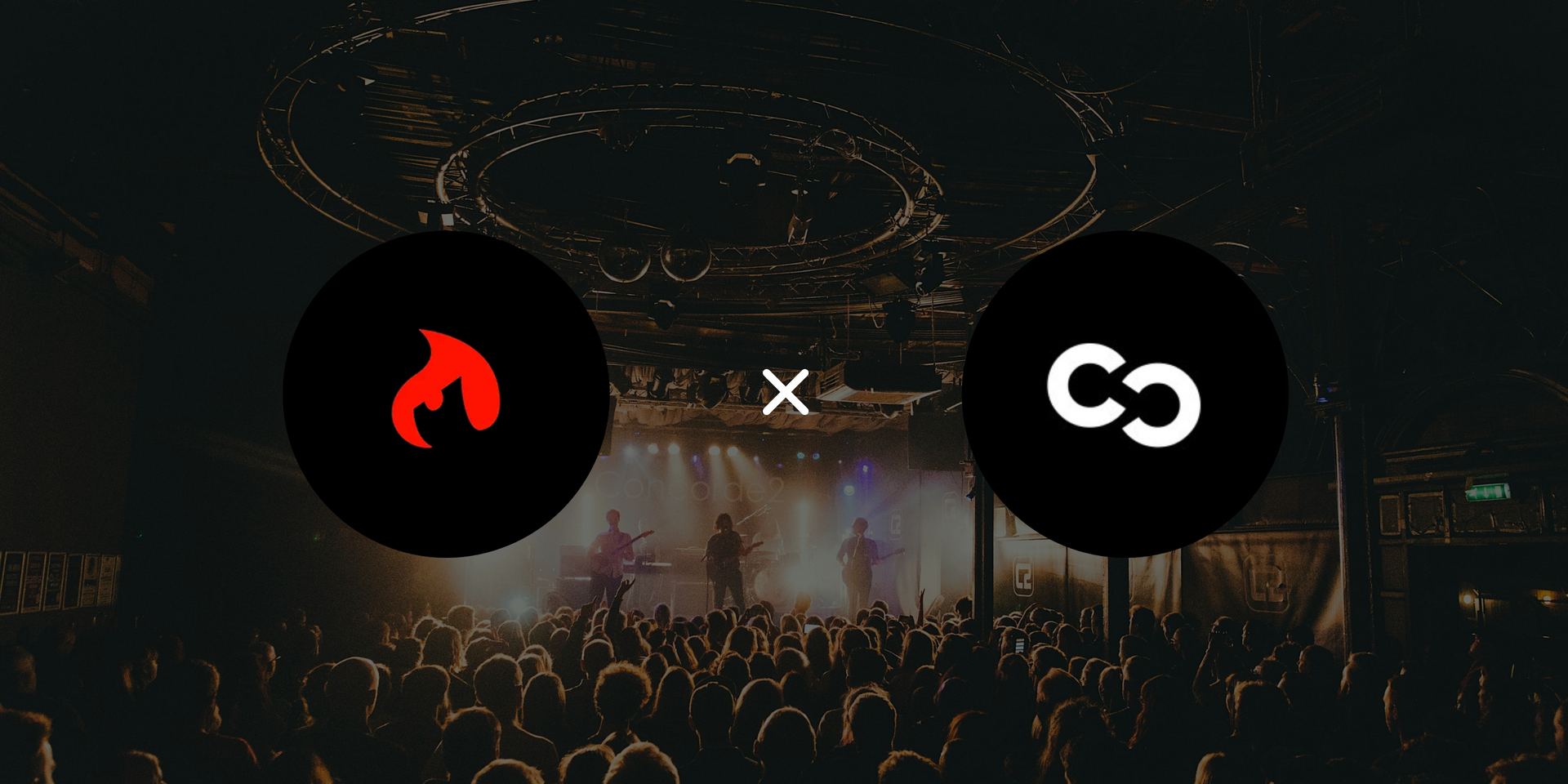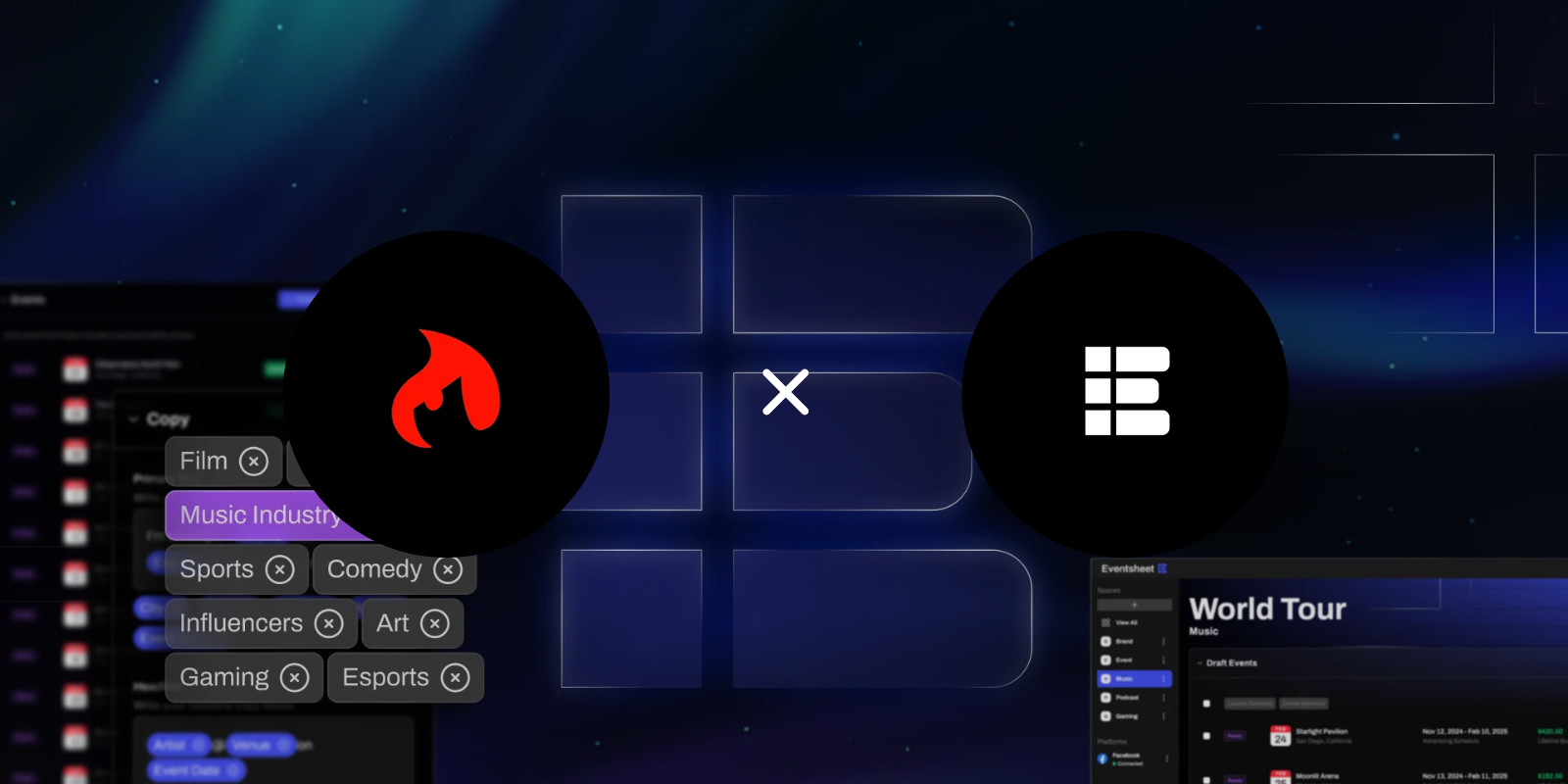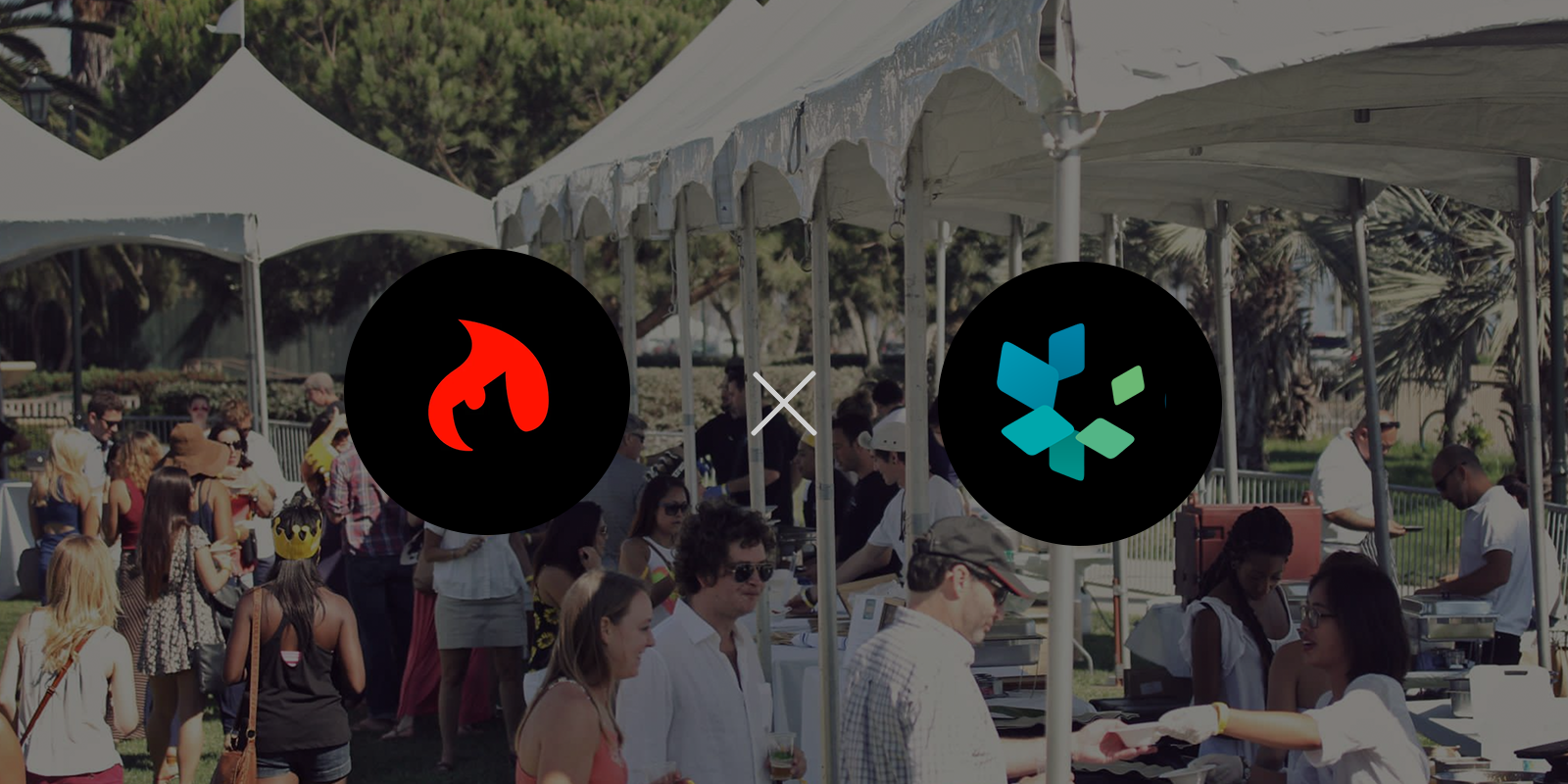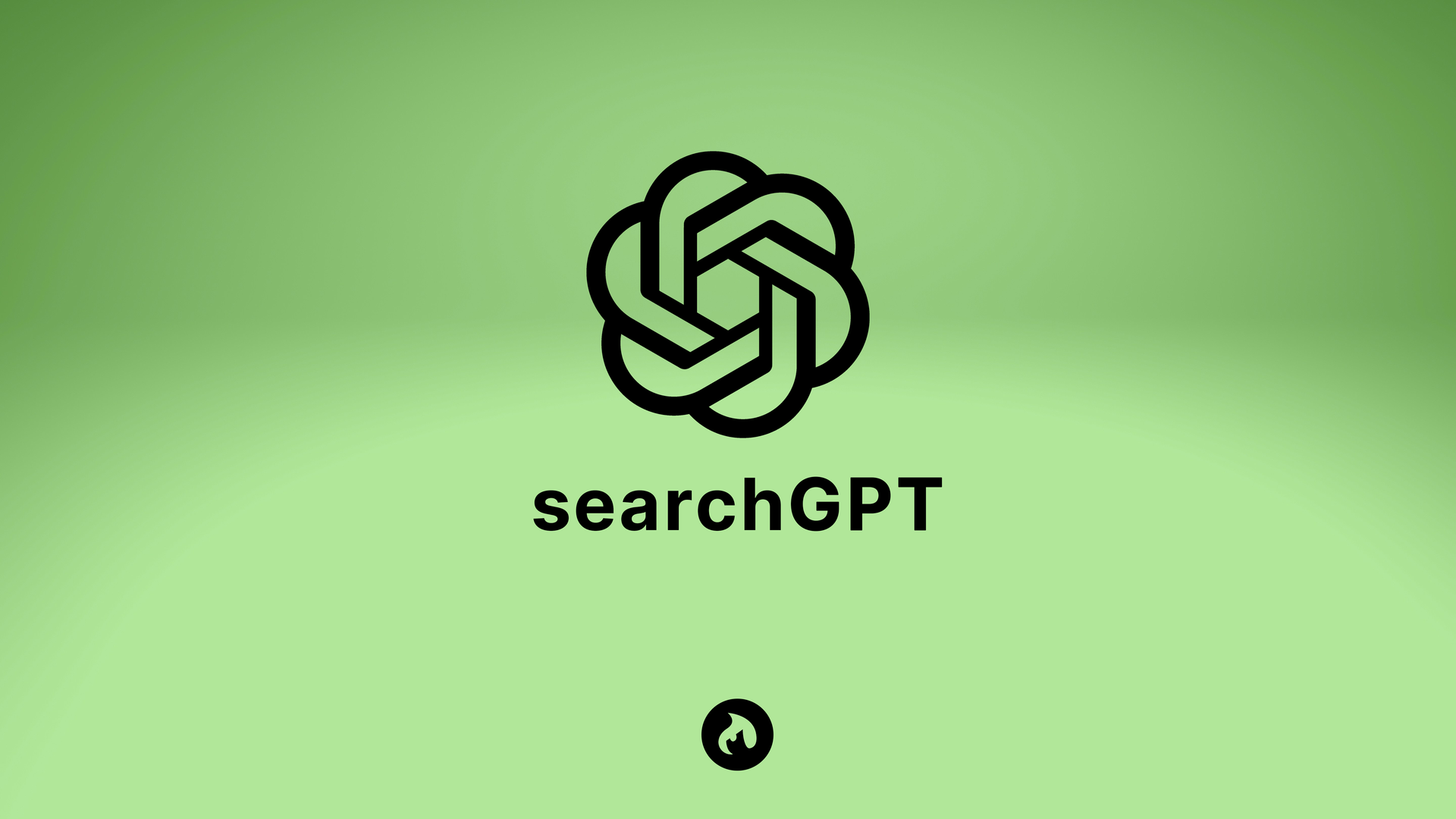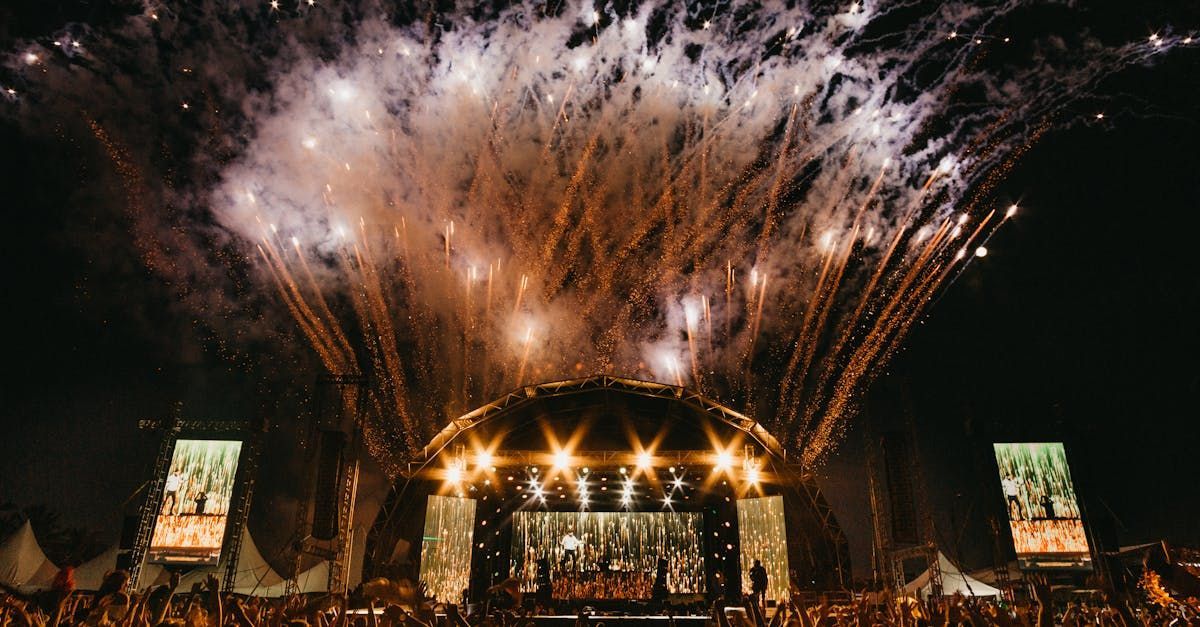Maximizing Attendance with Timed Entry Ticketing
Timed entry ticketing presents a unique challenge to event organizers – and it certainly adds a few extra layers of complexity.
After all, it’s one thing to sell for a set number of seats for an event that starts and ends at the same time for everyone, but it’s quite another to make sure you’re letting in just the right amount of people at the right time – not too many where it hurts the experience, but not too few where you’re minimizing your revenue?
This intricate dance of logistics and satisfaction becomes more manageable with a solution like timed entry ticketing. Let's delve into how this approach can optimize event attendance while enhancing the overall experience.
Using Flexibility of Timed Entry Ticketing to Maximize Attendance
Adapting to different venues and attendee expectations is key in event management, and flexibility is one area where timed entry ticketing excels.
Adapting to Various Venues
Every venue poses unique challenges in managing attendee flow. Timed entry ticketing's adaptability allows it to fit into any venue, regardless of its size or layout.
Whether it's a compact gallery or a sprawling outdoor festival, this approach can be customized with time intervals suitable for the venue's specific demands, such as 5-, 10-, or 15-minute increments or even half-hour periods.
Managing Different Ticket Types and Inventory
An essential feature of timed entry ticketing is the ease of managing various ticket types and available inventory. This adaptability is crucial in accommodating diverse event dynamics.
As vice president of business development at Ticketsauce Bryan Brand points out, timed entry ticketing allows an event organizer to “easily manage the available inventory, the number of different ticket types, etc., within each time entry and access point." This capability allows for precise control over who enters and when, streamlining the admission process efficiently.
Dynamic Adjustments According to Demand
Recognizing and adapting to fluctuating demand is vital in event planning. Timed entry ticketing enables organizers to make adjustments based on the day of the week or specific times.
“Timed entry ticketing is very dynamic to where they can make adjustments on peak days and at peak times,” says Brand. “So on a Friday, Saturday, or Sunday, that's obviously going to be much more demand than Tuesday. The ability to go in and adjust pricing and inventory in real time is huge.”
The Challenge of Customizing Time Slots According to Demand
Adjusting entry times based on peak days and historical data is crucial for any successful event. This foresight allows for efficient management and optimal attendee satisfaction. Here are a few tips to help you better customize your event with timed entry ticketing:
- Understand patterns of demand, especially on peak days. This knowledge enables organizers to structure their entry times and capacities accordingly. If you’re not tracking this data, you should start doing so.
- Adjust pricing and inventory in real time. Take advantage of the power of timed entry ticketing to respond swiftly to unexpected changes in attendance, maximizing both revenue and attendee experience.
- Find that “sweet spot” between good attendee experience and max sales. "The ultimate goal [is] being able to maximize the number of tickets you can sell per time slot, while also still allowing the customer to have a great experience,” Brand says. This may take a little trial and error, but this balance is vital in not only boosting ticket sales but also in ensuring attendees enjoy the event without feeling rushed or overcrowded.
Timed entry ticketing, therefore, not only optimizes the operational aspect of events but also significantly enhances the overall attendee experience. By effectively managing entry times and attendee numbers, organizers ensure a smoother, more enjoyable event.
Testing and Predicting Attendee Flow for Successful Events
Not sure what the best flow is for your event? You should start working on that now. Predicting and testing attendee flow is an integral part of planning any event. It's essential to understand how many people can comfortably fit within the experience during a given time slot.
One effective method is to simulate the flow of attendees. For instance, in a holiday lights event, organizers could drive a car at the average expected speed to gauge the time it takes to navigate the event. By calculating the distance and average speed, they can estimate how many cars can comfortably experience the event in an hour.
Flex Check-In: Streamlining Entry and Elevating Event Experiences
Flex check-in is a great new tool that allows event organizers to address the common bottleneck at entry points, making the process smoother and more efficient. By allowing flexible entry times, this feature significantly reduces long lines and waiting times. This results in a better first impression as attendees begin their event experience.
Adaptable Entry Times
Flexible entry times are particularly beneficial for events with a high volume of attendees. They prevent overcrowding at entry points and ensure a steady flow of people into the venue.
This adaptability not only improves the attendee experience but also reduces stress on event staff. It leads to smoother operations and a more organized event environment.
Enhanced On-Site Efficiency
The implementation of Flex Check-in has shown remarkable improvements in on-site efficiency. It not only speeds up the entry process but also significantly reduces confusion and frustration among attendees.
Brand says Ticketsauce offers flex check-in on the app because of its advantages. He finds that this makes these types of events run more smoothly, which in turn means more revenue for the organizer.
Harnessing Post-Event Analysis for Future Success
Post-event analysis is a crucial step in the journey of maximizing attendance with timed entry ticketing. Brand says that by analyzing the data from your event, you can gain valuable insights that drive better decision-making for subsequent events.
Here are key areas to focus on during post-event analysis:
- Understanding Attendee Flow:
- Analyze the time it takes for an attendee to move from start to finish. This information is vital in understanding how to manage the flow for different types of events, whether it’s a haunted house, a holiday show, or a museum.
- Determine if the time slots allocated were sufficient and if attendees had a comfortable experience without feeling rushed or overcrowded.
- Capacity Optimization:
- Evaluate how many people were able to move through the experience comfortably within each time slot. Were the initial estimates accurate? Did certain time slots see more demand, leading to adjustments in capacity?
- For example, if you started with 50 people every 30 minutes, assess if increasing this number impacted the attendee experience (either negatively or positively).
- Dynamic Pricing and Inventory Adjustments:
- Look at the pricing adjustments made on peak days and times. Analyze whether these changes positively affected ticket sales and attendee satisfaction.
- Assess if dynamic pricing strategies were effective in balancing demand and revenue, especially on days with higher or lower attendance.
- Flex Check-In Effectiveness:
- Review the efficiency of Flex Check-In in your event. Did it help in managing attendee flow better and reducing congestion?
- Consider the feedback from both attendees and staff regarding the flexibility offered by this feature.
- Attendee Feedback and Experience:
- Collect and analyze attendee feedback to gauge overall satisfaction. This can provide insights into what worked well and what areas need improvement.
- Understanding attendee experience helps in fine-tuning the event layout, timing, and overall management for future events.
- Data-Driven Decisions for Future Events:
- Use the collected data to make informed decisions for future events. This could involve adjusting time slots, changing capacity limits, or altering pricing strategies based on historical trends and attendee behavior.
By thoroughly analyzing each aspect of your event post-implementation, you can continuously refine your timed entry strategy. This not only ensures better management of attendee flow and satisfaction but also maximizes attendance and revenue in your future events. Embrace the power of data and feedback to keep enhancing the event experience for all attendees.
Not Sure Where to Start? Make it Easy on Yourself With Timed Entry Ticketing From Ticketsauce
Are you facing challenges in managing large crowds, ensuring attendee satisfaction, and optimizing revenue at your events? Timed entry ticketing is your solution. This innovative approach tailors the flow of attendees to your event's unique rhythm, offering a seamless experience for both organizers and guests.
Here’s how you can use Ticketsauce’s timed entry ticketing system to revolutionize various event types:
- Food & Beverage Events: Enhance the experience at food and wine festivals by managing crowd flow and optimizing vendor interactions.
- Music Festivals: Handle large-scale ticket sales and provide a streamlined entry process for thousands of music lovers.
- Beer Festivals: Offer a refined tasting experience with controlled entry and advanced fraud prevention.
- Music Venues: Custom entry solutions for clubs and venues ensure an uninterrupted musical journey.
- Holiday Attractions & Markets: Implement session-based entries for holiday events, ensuring a festive and orderly atmosphere.
- Sports Events & Tournaments: Strategically manage spectators with tiered entry times for sporting events.
- Entrepreneurs & Resellers: Leverage timed entry to scale up ticketing businesses and enhance client offerings.
- Cultural Events & Cons: Control the flow for intricate events like art shows and eGaming tournaments, providing a smooth cultural experience.
- Agencies & Marketing Teams: Utilize timed entry ticketing to create impactful, well-managed events for clients.
Ticketsauce’s customizable platform is designed to meet the unique demands of your event, ensuring optimal crowd control, increased attendee satisfaction, and maximized revenue. Don't let the challenge of managing large crowds and complex event dynamics hold you back. Contact Ticketsauce today and transform the way you organize events.
